Apple's MacBook Pro with 128GB SSD: Performance and Battery Life Investigated
by Anand Lal Shimpi on April 15, 2008 4:20 PM EST- Posted in
- Mac
The Drive
The drive is a simple black box, since there are no mechanical parts of the disk that need to be isolated from the environment the drive’s electronics are contained entirely within the drive’s casing.
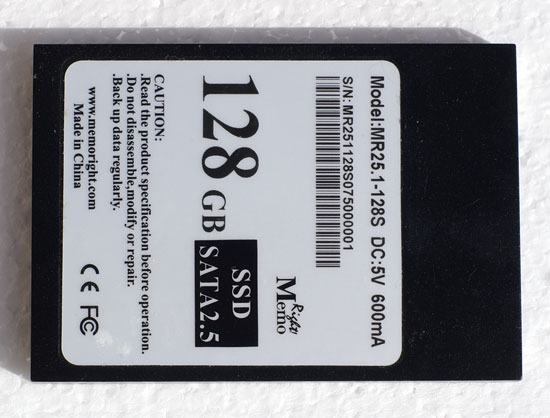
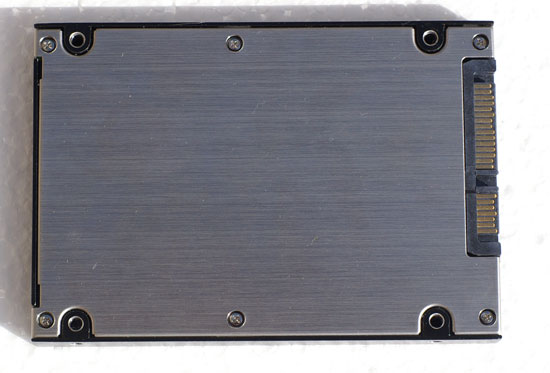
Six screws hold the drive together, removing them gives us access to the sole PCB that in this case is the drive itself.
On the drive we have a total of 16 Samsung SLC NAND Flash chips, each one 8GB in size.

The front of the PCB is home to half of the Flash, a 128Mb (16MB) Hynix 166MHz SDRAM chip, an ARM7 microcontroller and an Altera Cyclone II FPGA. There's also a single capacitor on board to keep the SDRAM device charged.
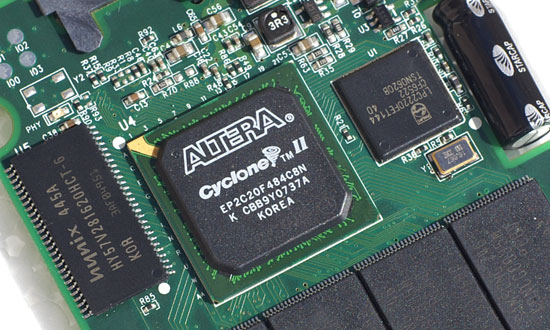
The Altera Cyclone II FPGA, it can do anything you program it to do
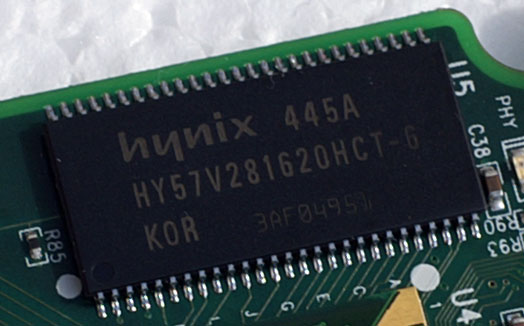
16MB of Hynix 166MHz SDRAM buffers transfers
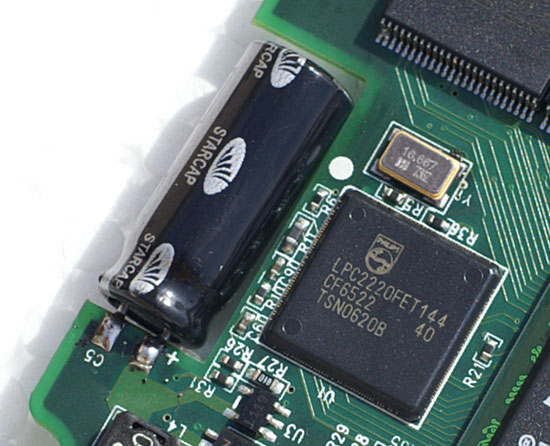
ARM7 at your disposal, oh and a capacitor
The back of the PCB holds the rest of the Flash and a Marvell PATA to SATA bridge.
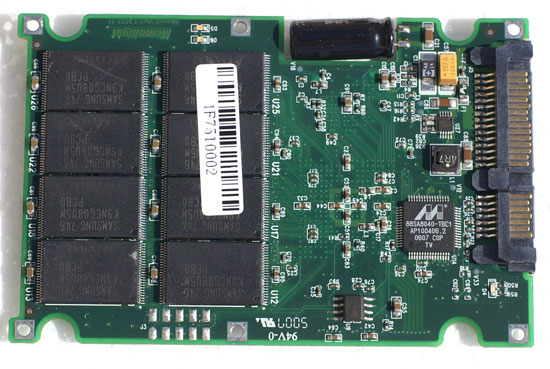

Lost in translation, this chip converts the drive's internal PATA interface to an external SATA interface so we can use nifty cables
Judging by the chips on the PCB we can already see two areas of inefficiency: the drive isn't a native SATA device and it uses a FPGA instead of a custom IC for some functions. Lately Intel has been talking about its upcoming SSDs and how their controllers will give them the performance edge, these are both examples of places where Intel could innovate.
Despite a vastly different interior, the Memoright SSD appears just as any other hard drive to your computer - the MacBook Pro is no different.
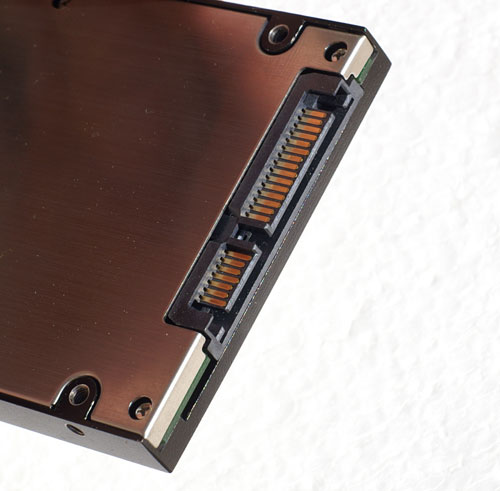










39 Comments
View All Comments
Denithor - Wednesday, April 16, 2008 - link
When will these become available/affordable for desktop use? HTPC comes immediately to mind, but I would like one for my gaming rig if it yields a "snappier" system for a moderate cost.mindless1 - Friday, April 18, 2008 - link
You must be kidding. Minimal to no gain in sequential access, improvement primarily in random access, limited capacity, and extreme price per GB make this about the worst choice possible for a HTPC.Regardless, if that's what you want go ahead and do it, drive rail adapters to use 2.5" in 3.5" bays are not expensive or hard to find. You could even squeeze two or three drives into one 3.5" bay so you have a HTPC with $12,000 spent on storage instead of a $80 mechanical drive.
just4U - Wednesday, April 16, 2008 - link
Is it possible to instal Windowso n a flash drive. You know, one of those 16/32 meg jobs. This article has got me curious.. :)strikeback03 - Thursday, April 17, 2008 - link
I assume you mean 16/32GB, and yes, I believe I saw instructions for that over at mp3car.com.mindless1 - Friday, April 18, 2008 - link
Instructions? Not a complex process.1) Buy CF3 or CF4 spec'd CF card and CF-IDE adapter. CF card performance is lower than on a good SSD so staying with PATA/IDE interface is not a bottleneck.
2) Plug card into adapter, plug adapter into system.
3) You're done, there is now no difference beyond having mechanical drive instead, although if SSD is not using SLC flash chips you might want to decide how to limit # of writes to it from pagefile, temporary browser files, etc.
strikeback03 - Friday, April 18, 2008 - link
I just glanced at the instructions as I am not building a carputer yet, but IIRC a lot of it was optimizing the pagefile and other little writes.Nihility - Wednesday, April 16, 2008 - link
That needs to be fixed, no reason for flash to take more power than a hard drive, maybe they can power off some of the flash that is unused until it's needed? If it doesn't even increase battery life then what's the point? Resilience and random seek times are nice but battery life is the main concern on a mobile platform.mindless1 - Friday, April 18, 2008 - link
It's the controller, bridge and cache that use the power, these flash chips don't have to be recharged.Keep in mind that while battery life is important, and power consumption of an SSD will go down over time, they still aren't one of the larger consumers of power. Ultimiately if runtime is most important the area to focus on is designers who mistakenly assume a smaller device footprint is more important than runtime, thus squeezing in a smaller battery (capacity).
iwodo - Tuesday, April 15, 2008 - link
Intel 's SSD promise doubling the performance of current SSD Drive. I cant wait to see it.I wonder would the ARM7 chip be the limiting factor here?
skiboysteve - Tuesday, April 15, 2008 - link
"two areas of inefficiency: the drive isn't a native SATA device and it uses a FPGA instead of a custom IC for some functions."this is incorrect. using an FPGA instead of a custom IC makes no difference in performance whatsoever. the difference is in cost. there is a lot of research into cost/benefit of using an FPGA instead of a custom ic and it all boils down to volume. obviously, they dont have high enough volume to necessitate a custom IC.
but, an fpga configured to behave exactly like what your custom IC would behave like ... are the same thing. only difference again, is price.
some point might astutely point out that a custom IC can be clocked higher, but i very much doubt that advantage is applicable here.